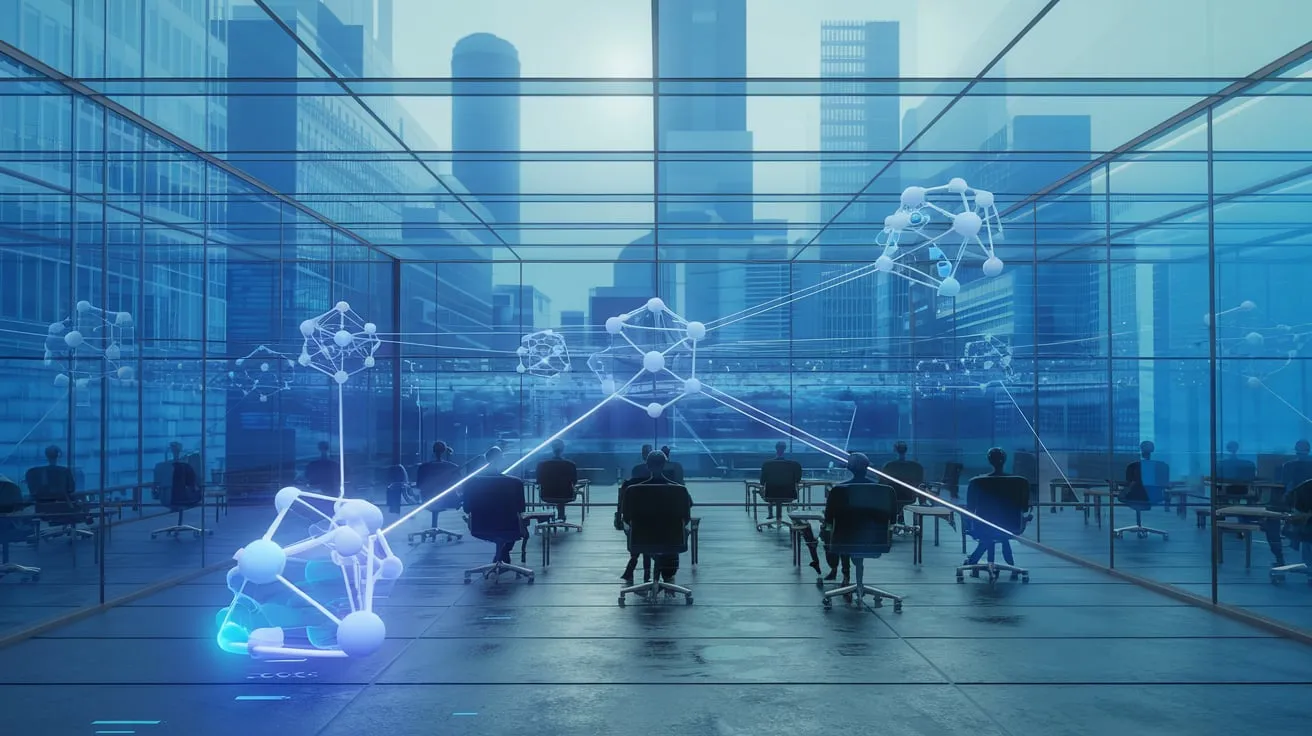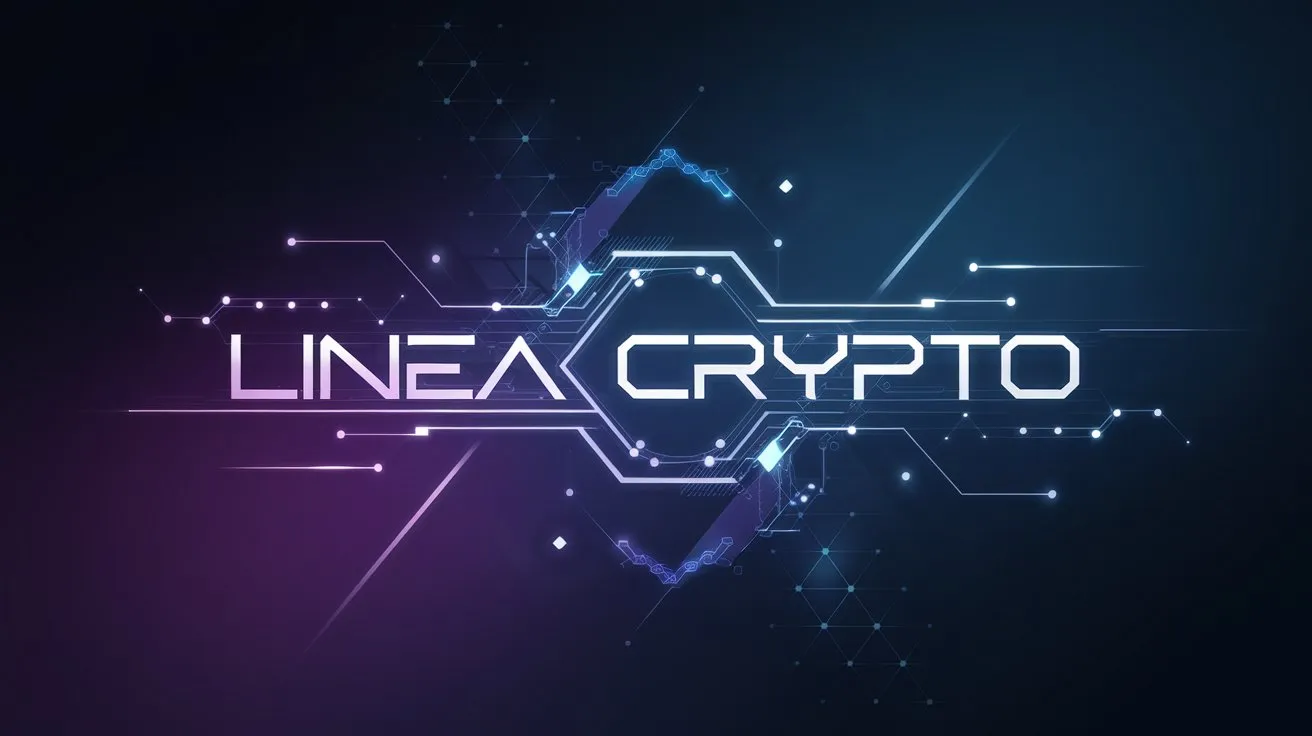
Web3, or Web 3.0, is considered the future of the Internet which can increase user control and decentralization. Unlike Web 2.0, which has the domination of big tech companies like Facebook and Google, Web3 is blockchain-based and gives power to its users.
Nevertheless, what does this decentralized web mean for everyone and how will it shape the future? This article will help you answer these questions and help you learn more about Web3.
Join us as we simplify the principles of Web 3.0 technologies, their applications and services, and their use cases in the evolution of the Internet.
What is Web3?
Web3 is a term used for the third generation of the internet and it is built on blockchain technology that is decentralized. Compared to Web 2.0, its main goal is to change the centralization in the existing web today and give users total control over their data and digital assets.
With Web 3.0 decentralized technologies, users can interact with dApps without depending on a central body. This gives room for a peer-to-peer network that is secured.
Key Features of Web 3.0
The key features of Web 3.0 include the following:
- Decentralization: Unlike Web 1.0 to Web 2.0 where data and web content are stored on central servers around the world, Web 3.0 services use distributed ledger crypto networks like Bitcoin and Ethereum to allow users to keep their data.
- Blockchain-Based: Web 3.0 applications allow transactions to be transparent and immutable because they use blockchain technologies.
- User-Centric: The emergence of Web3 has given users the power to choose who can access their data and how it can used. Web3 services focus mainly on users.
- Cryptographic Security: Thanks to Web 3.0's web technologies, security is increased through cryptographic methods and this can lead to transactions that are safe and borderless.
How Does Web 3.0 Work?

In the semantic web, the elements of Web3 use smart contracts to automate transactions and operations without the need for third-party control over the web.
Decentralized applications (dApps) are the main component of Web 3.0 projects because they run on blockchain and enable users to interact with the system directly rather than using centralized bodies.
Example of Web3 in Action
Uniswap is an example of a platform that supports Web3. It is a DeFi application that allows its users to trade crypto, borrow, and lend without depending on a bank or entity to confirm the transactions.
This web experience is feasible because of the decentralized nature of Web3 which removes the need for a middleman.
The Benefits of Web3
Unlike Web 1.0 and Web 2.0, the transition to Web 3.0 comes with several benefits for users and developers interested in Web3 projects.
- Ownership of Data: Web 3.0 will enable full control of user data instead of keeping it on centralized networks like Facebook Metaverse. With this benefit, users across the web can own their information, and handle it via safe digital wallets and blockchain protocols.
- Decentralization: No single entity has full control of Web3 platforms. This leads to fewer data breaches, censorship, and total freedom for companies and content creators using this version of the web.
- Monetization Opportunities: With Web3, creators can tokenize their content through NFTs and make money directly from their audience without giving a percentage to third parties.
- Interoperability: Blockchains are made to work together and this can allow users to easily move across different decentralized platforms without worrying about data loss or losing control of their assets or crypto wallets.
Here is a YouTube Link for More on Web3: Web3 Explained (A Beginner's Guide)
The Challenges of Web3

Despite its ability to create freedom in the virtual world, Web 3.0 is still plagued with challenges that inhibit mass adoption:
- Scalability Issues: Blockchain such as Ethereum struggle with scalability, high costs, and low transaction speed when it is overloaded. However, the introduction of Ethereum 2.0 and Layer-2 scaling will help solve this issue in due time.
- Complexity for Users: The transition from Web2 to Web3 is considered complex by many users because of the difficulty in navigating wallet keys and blockchains which can be overwhelming for people with no idea of this new web.
- Regulation: Web 3.0 is still unregulated which can lead to scams and other fraudulent activities. This can be challenging for security agencies and governments that are trying to reduce such activities.
Web3 Use Cases: Beyond Cryptocurrency
Although cryptocurrencies are mainly known to use Web3, the technology cuts across several areas.
Decentralized Finance (DeFi): DeFi platforms use peer-to-peer transactions that are borderless and independent of middlemn thereby allowing people in remote areas to have access to banking services.
Non-Fungible-Tokens (NFTs): These are digital tokens or assets that show ownership. With the help of Web3, platforms like OpenSea allow users to purchase, sell, and make trades with non-fungible tokens.
Decentralized Social Networks: Web3 doesn't allow centralization like social media platforms. It allows many web users to have full ownership of their content and prevents the stealing of data.
Keep in mind that the emergence of Web 3.0 comes with advantages and disadvantages. Many industry experts believe that it can reshape the World Wide Web, the economy, and how users interact online.
Conclusion
Web3 applications decentralize many areas of the Internet, web pages, and search engines, can lead to increased security, and allow users to fully control their digital assets has made it very important.
Nevertheless, the mass adoption of the Web3 ecosystem fully depends on overcoming the challenges that were listed in this article. As the world continues to grow and develop, Web 3.0 could become the major pillar of a digital world that is transparent, safe, and equitable for users.
FAQs
What is the difference between Web 2.0 and Web 3.0?
Web 2.0 is the current version of the internet, dominated by centralized platforms like Google, Facebook, and Amazon, which control user data, content, and interactions.
Web3 is a decentralized version of the internet that uses blockchain technology to provide people with sovereignty over their data, digital identities, and assets. Web3 enables peer-to-peer connections that eliminate the need for middlemen.
What role do cryptocurrencies play in Web3?
Cryptocurrencies are crucial to the Web3 ecosystem. They serve as the primary method of exchange and reward in decentralized applications (dApps) and blockchain networks. Cryptocurrencies offer a decentralized economy by allowing users to exchange, receive, and store currency without using traditional financial institutions. Ethereum, Solana, and Polkadot are among the most popular Web3 cryptocurrencies.
What are DAOs (Decentralized Autonomous Organizations) in Web3?
DAOs are an essential component of Web 3. These organizations use blockchain smart contracts to allow a group of individuals to make collective decisions without the need for a central authority. DAOs can be used to administer blockchain initiatives, decentralized finance (DeFi) platforms, and even social or investment organizations, where voting rights are frequently linked to token ownership.
Is Web3 secure?
Web3, which is based on blockchain technology, offers better security features such as immutability and cryptography, making it harder to change or hack data. However, it is not entirely risk-free. Smart contract flaws, phishing attempts, and user failures (such as losing private keys) continue to be security risks in Web3 ecosystems. To secure their assets and data, users must stay up to date on security best practices.




